Shabbat is almost here
And today we’ll listen to the voices of a vanished world, the music of the Jews from Bombay of the ’30s, in another album by Renair Records.
 Hello! How are you? Have you ever been in India? I was once, in 2014. I spent around 20 days in West Bengal, where it is the city considered as the cultural capital of India: Kolkata. The city where you are more respected if you are a poet than if you a potentate. At least, that is what we were told.
Hello! How are you? Have you ever been in India? I was once, in 2014. I spent around 20 days in West Bengal, where it is the city considered as the cultural capital of India: Kolkata. The city where you are more respected if you are a poet than if you a potentate. At least, that is what we were told.

The Jewish community in Kolkata still owns three synagogues, three schools (hm, not sure about one that has been bought by the government and is used as a post office) and a cemetery. At least it was like this in 2016, when this wonderful video from the Youtube channel 101 India was published. Let’s delve a little deeper into the history of the Jews in India!
| Share the joy of music and learning with your beloved ones. Share MBS. Thank you in advance. |
| Share this with a friend, right from here |
The Jews in India
Kolkata
I started to delve on this topic from Kolkata, because of the experience I explained above. These videos are very nice to start. They don’t speak only about Kolkata, but also about some basics about the presence of Jews in India.
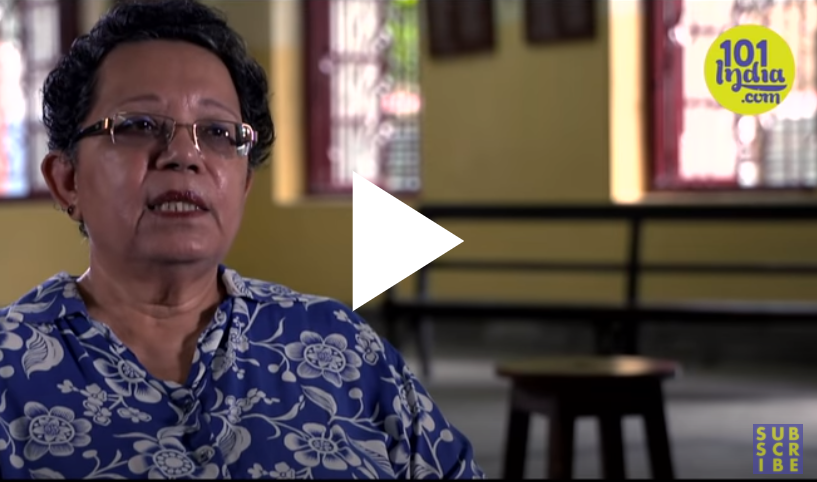 |
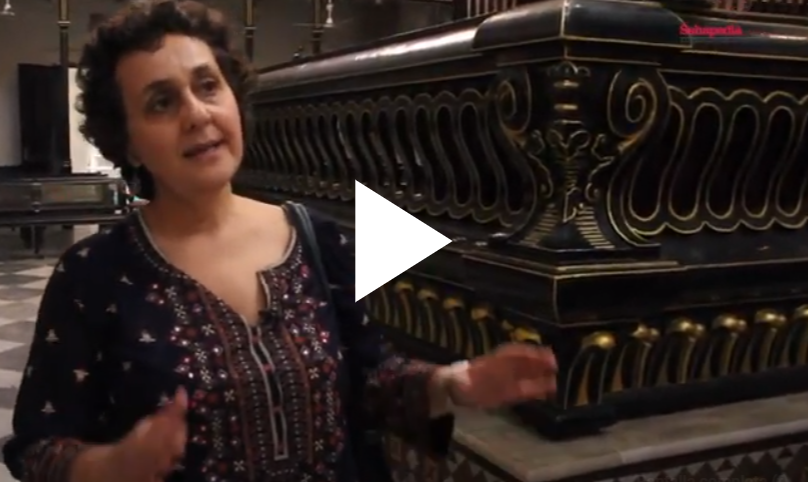 |
| This lady is Aline M. Cohen, Secretary of Jewish Affairs Kolkata. Click on the picture to learn more about the Jews in India and specifically in Kolkata. | This lady is Jael Silliman. Click on the picture to have a walk with her in the Jewish area of Kolkata. She is a very interesting scholar, author and disseminator. Read further about her, below. |
I will highlight some parts of the video on the left, where we meet not only Ms. Alina, but also Flower Silliman, Jael’s mother. All of them are from the Baghdadi Jewish community. If you want to learn much more details about the arrival and developments of this community, check “The Immigration of “Arabian” Jews to India in the Eighteenth Century”, by Walter J. Fischel, (from Proceedings of the American Academy for Jewish Research Vol. 33 (1965), pp. 1-20 (20 pages), available in Jstor).
Aline explains that at the time of the World War II there were between 5 and 6 thousand Jews in their community. Now (2016) they are around 20. She also explains that after the WWII, three things happened, that explain that many Jews left Kolkata: colonies like Australia or Canada opened their doors to the emigration, Indian got independent and the state of Israel was set. The business people and land owners were afraid that their properties might be nationalized without a satisfying compensation, so they sold out and left, even when they had good jobs. They left to live in tends in Israel.
Flower explains that the Jews lived close to the Armenians, Chineses, Parsis… in the area called “grey”, between the black (Bengali) and the white (Brittish). In the 1940s they were not attacked but Flower explains all the horror she saw during that time. Nevertheless, they knew they would not be attacked. She explains that all along the History, Jews have been prosecuted but not in India. “I am proud to say we were never never discriminated“, she sais. And mentions some Jews that got relevant positions in the army and in the high court.
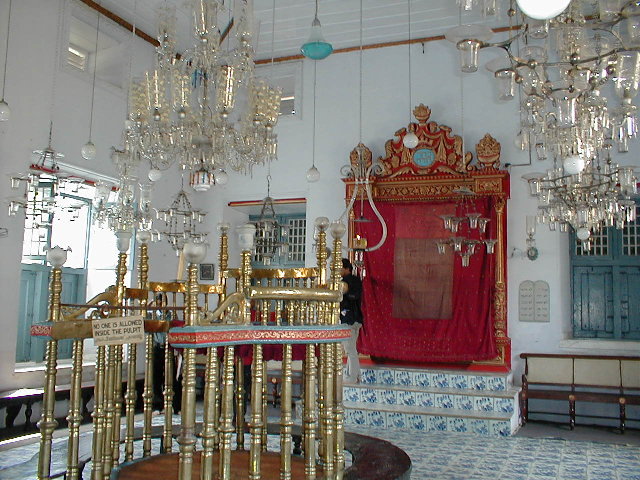
This is the Paradesi synagogue in Cochin, picture by the user jeem in Wikipedia ?
About the lady on the video of the right, Jael Silliman, she is a very active disseminator of the history of Jews in India. In this interview from the website Asiasociety.org, she explains that there have been three communities of Jews in India (I put them in bold in the text below), arriving in different moments of history:
“The Jews of Cochin are the oldest Jewish community in India. They are believed to have come as traders or as refugees from the siege of Jerusalem 2,000 years ago or more. They were a prosperous community of agriculturalists, soldiers and merchants and a few held high political office under the Hindu Maharaja. The second oldest Jewish community is the Bene Israel community, who supposedly were shipwrecked off the Konkan coast and settled in and around Mumbai way before the city existed. They assimilated into Hindu culture but maintained some Jewish observances that enabled them to be “discovered” much later and brought back into the Jewish mainstream.
I am from the Baghdadi Jewish community of Calcutta. The Baghdadis came to India during the British Raj and settled in Bombay, Calcutta and other port cities in Asia. In the 18th, 19th, and 20th centuries the Baghdadi Jewish diaspora stretched from Baghdad to Shanghai and westwards to London.
There was very little interaction among the three distinct Jewish communities in India; they spoke different languages, observed different traditions and were products of very different cultures. They also lived in three very different regions of India. While the Baghdadi Jews of Bombay lived in close proximity with the Bene Israel there was very little interaction between them.”
So here we have a little background of the presence of Jews in India. In the booklet of the wonderful album we have today, all this is described in further detail.
Mumbai
So some Jews arrived to Mumbai by accident. They had lost all the religious books but they got to keep three main aspects of the religious practises (according to Mr. Ralphy Jhirad, see video below): Shabbat, kashrut and the brit milah (circumcision ceremony). According to the booklet of our CD of today, they are “believed to be descendants of refugees from the Galiliee (in modern-day Israel) fleeing Antiochus Epiphanes in 175 BCE.”
The album is dedicated to this community of the Bene Israel Jews from Mumbai. Before listening to it, let’s learn a bit more.
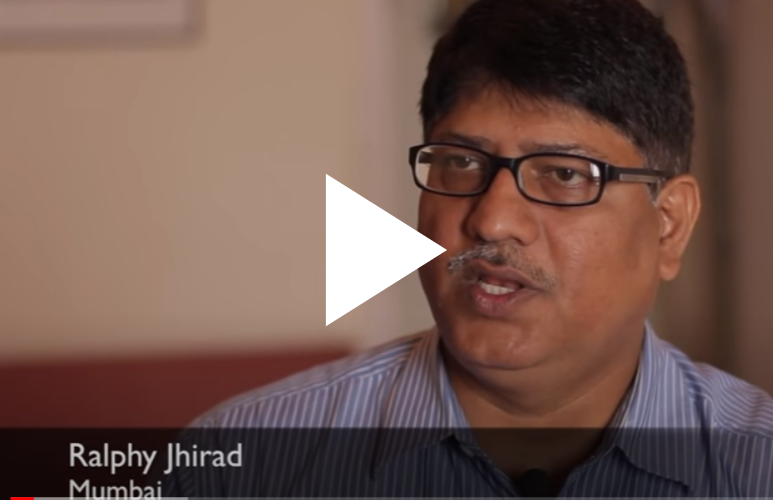 |
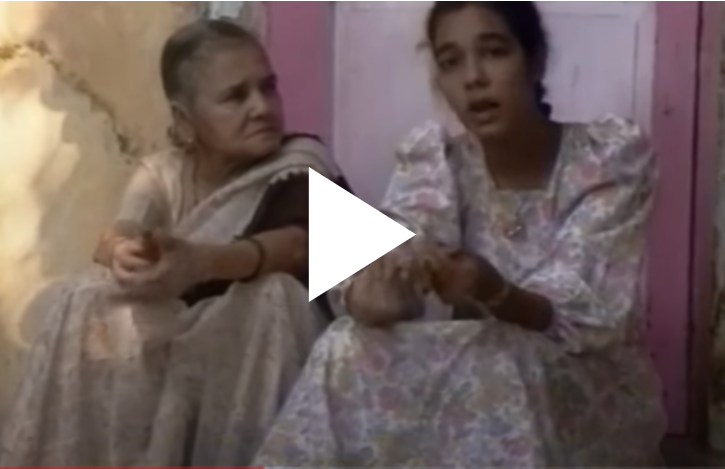 |
| Mr. Ralphy Jhirad, President & Managing Trustee Bene Israel Heritage Museum & Genealogical Research Centre, Mumbai, explains that as the Bene Israel to Mumbai by accident, as shipwrecked survivors, they had lost all the religious books. Their got to keep three aspects of the religious practices: Shabbat, kashrut and the brit milah (circumcision ceremony). Click the picture to see the video in the Youtube channel of sweettalkproductions. This is a video of 15 minutes. | “Bene Israel: A Family Portrait” is documentary film of 32 minutes in which the filmmakers Karen Nathanson and Jean-François Fernandez spent months living with the Wakrulkar family in the Bene Israel community, documenting the family’s daily lives and recording the religious and cultural traditions of this unique branch of Judaism. At the time of the documentary, in 1994, there were 6 thousand Jews in India. According to the article aforementioned from The Indian Express, the amount was more or less the same in 2017. |
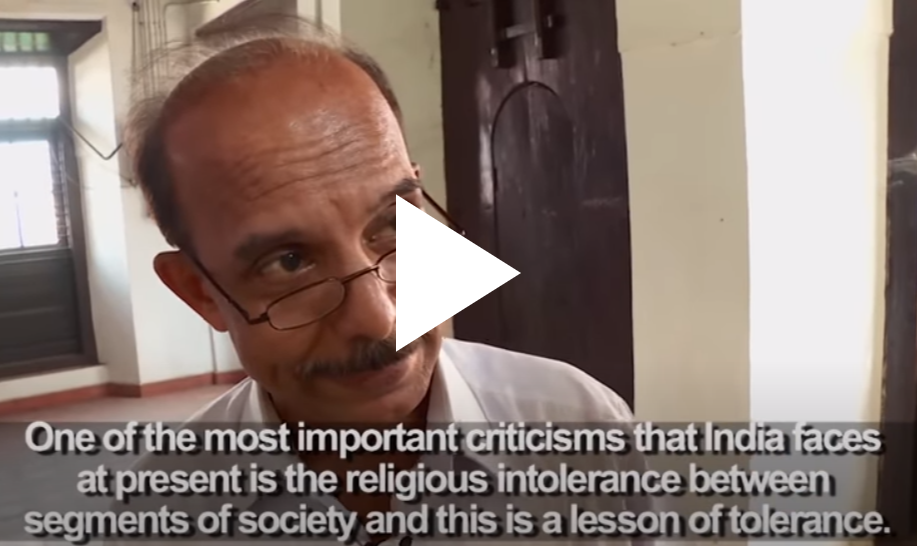
Cochin
The presence of Jews in Cochin seems to be in a major struggle not to disappear. The man on this picture is Professor C. Karmachandran, not a Jew. In the video, he explains why it is important to keep the memory of the Jewish community in his land. Click the picture to watch it and discover the current situation. Spoiler: It is heartbreaking.
About the music!
This album by Renair Records, called “Shir Hodu, Jewish Song from Bombay of the ’30s” is another jewel, as the one I already talked about in this previous edition about the Polish records label Syrena. Click this link also to learn how to get the CD.
One more, the booklet is absolutely outstanding. This has been produced by Julian Futter, the director of Renair, and Sara Manasseh. Ms. Manasseh was born in Mumbai and she is from a family originally from Baghdad. She is a personality herself, so click her name in the link to learn more.
About the artist of the selected track, Nathan Solomon Sâtâmkar
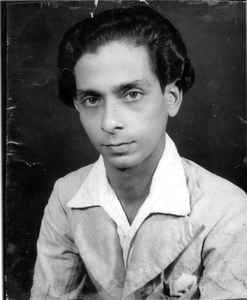 Nathan (1910-1962) is the singer. This portrait of him is from the outstanding website of Discogs.com.
Nathan (1910-1962) is the singer. This portrait of him is from the outstanding website of Discogs.com.
His brother David playes the tablâ and the students of their academy play several instruments: violin, sitâr, jal tarang (that are several bowls full of water in different levels) and possibly the kâshth tarang (a kind of xylophone or glockenspiel). And the female chorus is done by Mozel (sister of Nathan ad David) and Abigail Sâtâmkar (wife of David).
The Sâtâmkar family were prominent musicians and teachers of music with their own schools during the XX century.
If you want to learn more about the music from the Indian Jews, check this work by Sara Manasseh: “Baghdadian and Bene Israel Jewish song in twentieth century Bombay: Repertoire, performance and interaction”
About the selected track, Yom Hashabat
The recordings from the Sâtâmkar in this CD are from the collection of Julian Futter.
This track was recorded for Jay Bharat records in 1939. This CD includes recordings from three labels: King Records, The Hebrew Record Company and Jay Bharat. According to the booklet, this one was founded in May 1938 by Jesinglal Kishanlal Mehta. The recordings from the Sâtâmkar were done by and for the Sâtâmkar music school. The lyrics are a praise for Shabbat (the name means the day of Shabbat) and the melody is from the Bene Israel tradition.
| Share this with a friend, right from here |
Click the picture to listen to Yom Hashabat by Nathan Solomon Sâtâmkar and his team:
Shabbat Shalom.
Araceli Tzigane | Mapamundi Música
